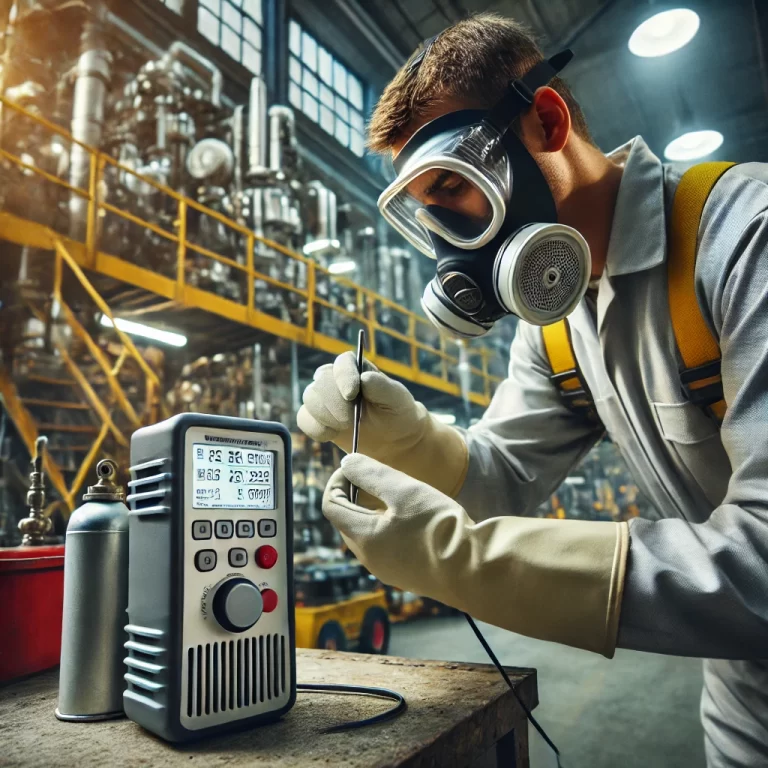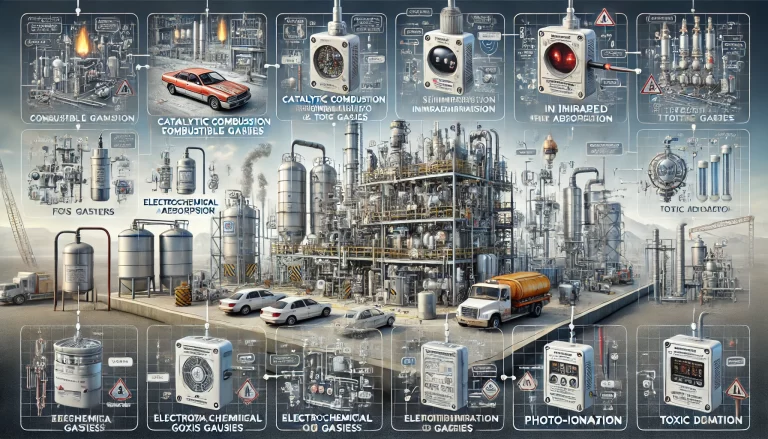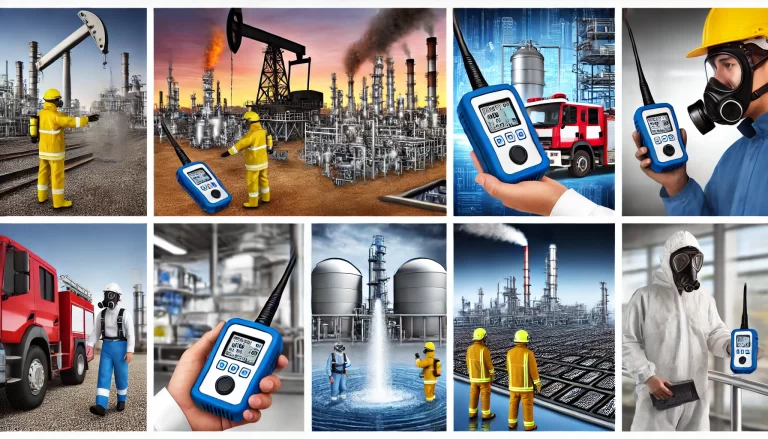A portable gas detector is a vital safety tool for detecting harmful gases in industrial and hazardous environments. Proper usage is crucial to ensure accuracy and reliability. Below is a comprehensive guide for correct usage:
1. Pre-Use Inspection
Before using the gas detector, conduct the following checks:
- Battery Status: Ensure the battery is sufficiently charged. Replace or recharge if needed.
- Calibration and Verification: Confirm the device has been calibrated according to manufacturer recommendations. Check the calibration certificate and last calibration date.
- Pump and Gas Pathway: Inspect for leaks, blockages, or malfunctions in the pump and gas pathway.
- Temperature Suitability: Verify that the ambient temperature is within the device’s operational range. Low temperatures may lead to measurement errors.
- Physical Condition: Examine the device’s exterior for damage. Ensure buttons, the display screen, and external components are functioning properly.
- Sensor Condition: Confirm that the sensor window is free of blockages or contamination.

2. Key Usage Instructions
While operating the device, follow these precautions:
A. General Usage
- Use a diffusion-type detector for general measurements and a pump-suction detector for confined or hard-to-reach areas.
- Avoid exposing the detector to combustible gases at concentrations exceeding the lower explosive limit for prolonged periods.
B. Handling Specific Gases
- When working in environments with halogen compounds (e.g., chlorides, bromides, or fluorides), minimize exposure duration to prevent sensor poisoning.
- Use the detector cautiously in environments containing high humidity or steam to prevent measurement interference or sensor damage.
C. Power On
- Press the power button to start the device. Wait for the device to complete its self-check, which includes examining sensors and circuits.
- Observe the display for any error codes or warnings. Address issues before proceeding.
D. Regular Maintenance
- Replace the filter in front of the sensor periodically, as recommended by the manufacturer.
- Monitor the detector’s battery level throughout use and charge as needed.

3. Calibration and Alarm Settings
A. Calibration
- Perform calibration using standard gas to ensure accuracy. This is typically done every 3–6 months, as specified by the manufacturer.
- Use a calibration hood to ensure a stable and controlled gas flow to the sensor.
- Avoid subjecting the sensor to high gas flow rates, which can cause temporary damage or false readings.
B. Alarm Thresholds
- Set alarm thresholds according to the specific gas being monitored. Refer to relevant safety standards to define safe concentration levels.
- Verify the alarm settings before each use to ensure proper functionality.

4. Usage in Detection Areas
A. Placement
- Carry the detector in the breathing zone (approximately 1.5 meters above ground level) to measure gases that reflect what personnel are inhaling.
- When using a pump-suction detector, perform multi-point sampling in large or confined spaces.
B. Avoid Common Mistakes
- Do not directly sample from gas outlets with high concentrations, as it may damage the sensor or cause inaccurate readings.
- Prevent exposure to water or steam, which can interfere with the sensor’s operation.
5. Special Use Scenarios
A. Hot Work Operations
- Before conducting hot work, confirm gas levels meet safety standards. Continuously monitor the area for changes in gas concentrations.
B. Confined Spaces
- For confined spaces, use a pump-suction detector to sample multiple points, especially near the floor and ceiling, as gases may stratify.
- Continuously monitor the atmosphere and log measurements every two hours.

6. Cleaning and Storage
Proper cleaning and storage help maintain the device’s longevity and performance:
- Cleaning: Wipe the exterior with a clean, soft cloth. Avoid using abrasive materials or solvents.
- Storage: Store the detector in a dry, ventilated location away from high temperatures, humidity, or strong magnetic fields.
- Battery Management: Remove the battery if the device will not be used for an extended period to prevent leakage.
7. Regular Maintenance
- Schedule periodic calibration by trained personnel using certified standard gases.
- Follow the manufacturer’s recommended calibration intervals, typically every 3 to 6 months, to ensure measurement accuracy.
By adhering to these guidelines, you can maximize the accuracy and reliability of your portable gas detector, ensuring a safe working environment.
